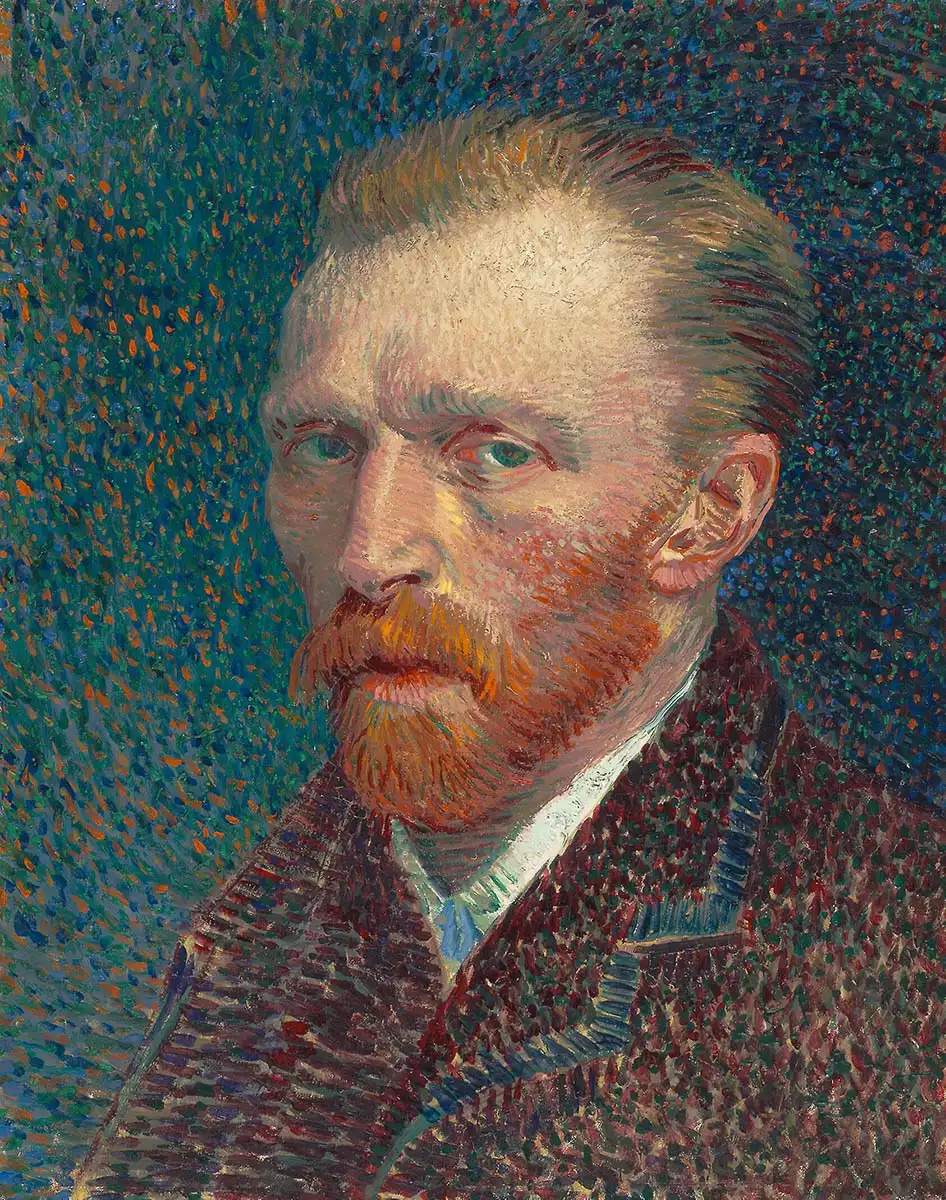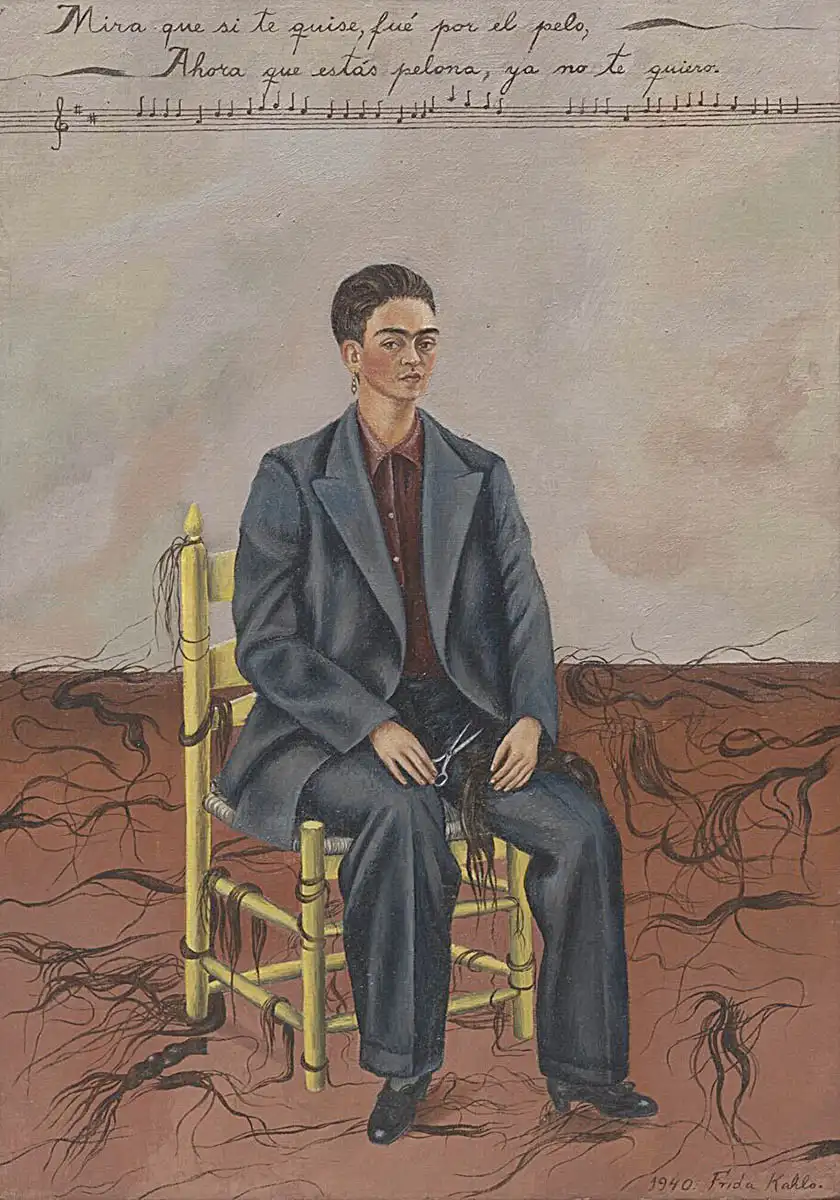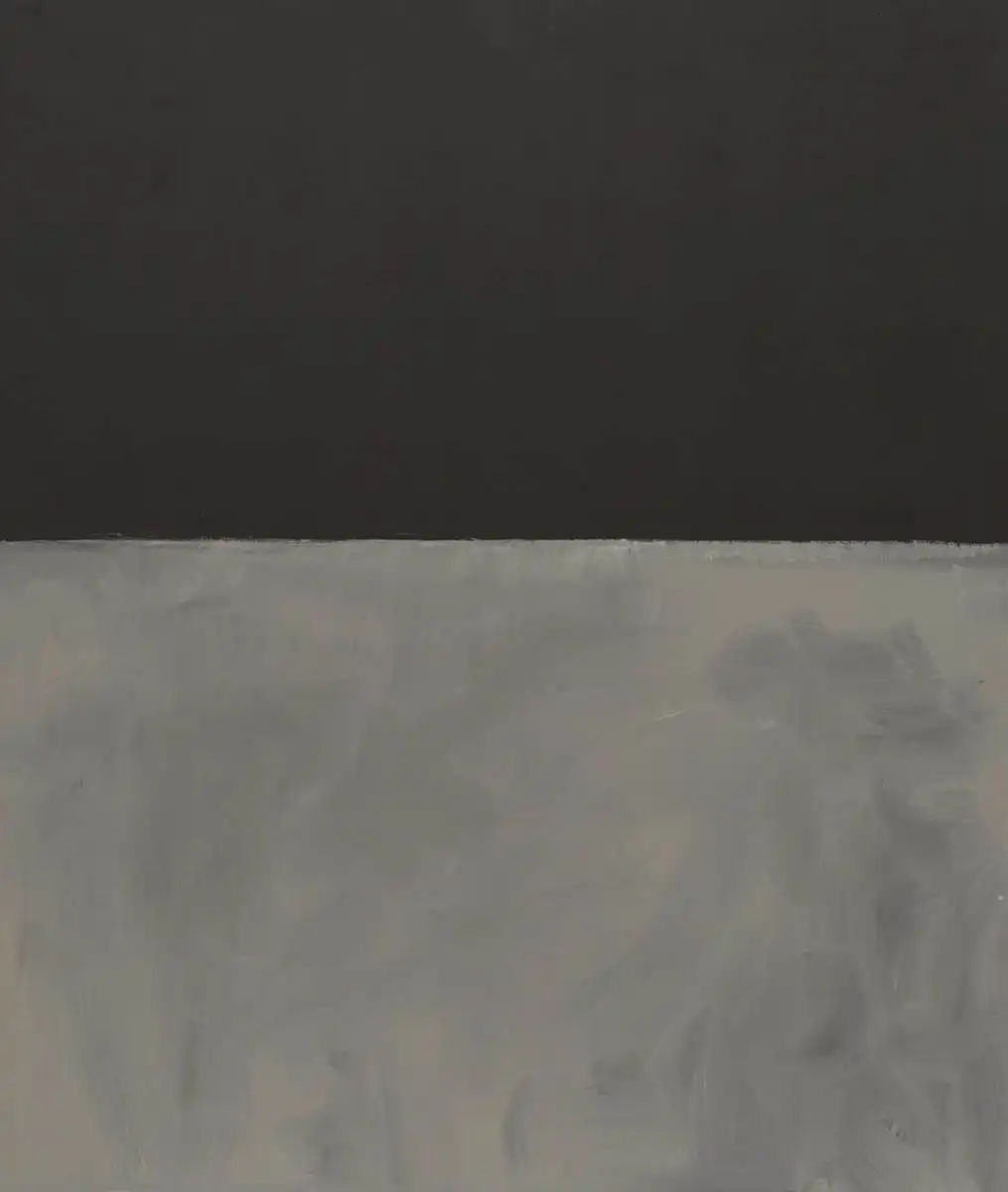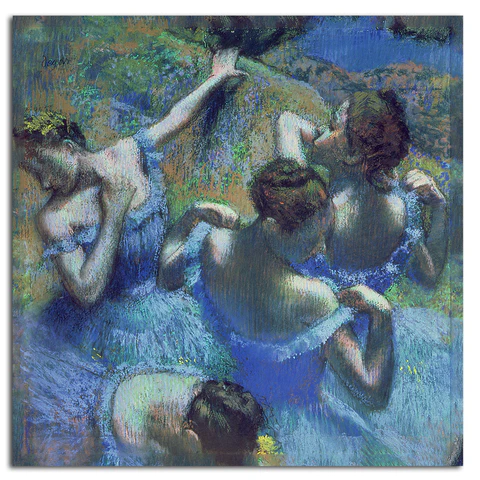Art and Mental Health
- Victoria Bowman
- May 31, 2023
- 5 min read
How Making Art can Affect Our Mental Health
May 31, 2023
Art. It’s not a necessity for living such as food, water or shelter is, but at the same time, it seems to be born out of a sense of necessity.

Art history shows that the majority of famous artists suffered from mental health issues. Pollock suffered from depression and most likely bipolar disorder. Vincent van Gogh most likely had bipolar disorder, borderline personality disorder, alcohol use disorder, along with suffering from psychotic episodes. Edvard Munch suffered from depression, anxiety, and quite possibly schizophrenia. Frida Kahlo had post-traumatic stress disorder and bipolar disorder. Mark Rothko suffered from anxiety and depression. When Edgar Degas, one of the 19th Century’s most influential artists, began losing his eyesight in the 1880s, his depression and isolation grew exponentially as his blindness affected his ability to perfectly capture the beauty and grace of his subjects as he desired.
Some might question if the very act of creating art is what brought on the mental health problems in the first place, as when their mental health was lower they produced some of their most moving pieces. But, for many of these famous artists, it was outside factors that brought on the mental health issues - so then, was the creation of art their way of coping and processing through the internal turmoil they were experiencing?
Mental Benefits of Art
While I strongly believe that the act of making art, whether it be visual art or another form of art such as music or literature can have a huge impact on one’s mental health and the processing of emotions, I think it’s important to see what other sources and individuals have to say as well.
According to Michael Friedman, an associate professor at Columbia University School of Social Work, “Art also helps people to connect with and deal with their emotions. Art can help a person reach into largely unconscious parts of the mind and experience dimensions of self otherwise buried and voiceless” (Friedman, 2012). Adults or adolescents who have carried the burden of mental illness have feelings and/or frustrations that the average person may never experience and, in many cases, having a positive outlook on life can be most difficult. (Infamous Artists with Mental Illness)
Let’s do a little run down of some of the benefits of creating art.
Boosts dopamine,
Relieves stress - Making art is a coping skill to calm and regulate our nervous system. The engagement of our mind and body in a focused way helps to reduce stress and bring us to the present moment.
Helps you focus
Lowers depression
Lowers PTSD - some artist make art to address the trauma they have experienced
May help slow Parkinson’s Disease - It encourages creative thinking and stimulates our brain for problem solving, focus, resilience and memory. Essentially, it is exercise for our brain.
Gives purpose when dealing with not feeling anything
Helps you find beauty in things which can improve mental health
Making art can help one experience joy
Can give a sense of control when our mental health makes us feel we have no control at all
While making art, you can simply be and find peace of mind
You can express what you’re feeling - it is a release of our complex emotions
It’s like a form of meditation
Can bring Social Connection - whether participating in an art group session or sharing art on social media, gallery, or market
Art and its Therapeutic Use for Mental Health
Art has been linked to self expression for centuries, so much so that art therapy is a widely recognized form of psychotherapy. It offers a way for one to express their emotions and experiences that they are unable to put into words. It doesn’t focus on the final product, but instead focuses on healing through the process of creating art. Art therapy is used to minimize conflicts and distress, aid in controlling manifestations connected with psychosocially challenging behaviors, improve cognitive functions, boost self-esteem, and build emotional resilience and social skills. The body, mind and spirit are engaged in ways that are very distinct from verbal communication itself. (Healing Through Art, PubMed Central)
How Art can be Meditative
Similarly to meditation, art can help us tap into a deeper and more quiet part of ourselves. We enter into a state of flow and present-moment awareness.
Sometimes, during an art session I can simply create without thinking about it. I’m not consciously thinking about my next mark. My hand seems to move of its own accord. I’ve reached a point of no-mind, from finding inner stillness.
My art sessions are often a time where I tap into a deeper connection with my Creator. There is a peace that can come over me, and I often lose track of time. I think this is also why I simply love the process of creating. For me, art is more about the process, what I feel during that process, rather than just the end result.
“When I am in my painting, I’m not aware of what I’m doing. It is only after a sort of ‘get acquainted’ period that I see what I have been about. I have no fear of making changes, destroying the image, etc., because the painting has a life of its own.” - Jackson Pollock
My Experience with Processing Emotions and
Grief through Art
Personally, I have found that I process many of my inner thoughts and feelings throughout the creative process of making art. In April of 2022, my dad passed away, just barely into his 60s. My dad had health complications. We had known of cirrhosis for a few years, and we knew his health was declining. At the time of his death and for the first couple months afterwards, I felt mostly numb to the fact that he had passed. Since marrying 9 years ago, I haven’t lived in the area where my parents or majority of my dad’s family reside. Due to the distance, there wasn’t the daily reminder of my dad’s absence. I found myself forgetting, in a sense, that he was gone and not just not present. Life around me carried on as normal, and I had yet to begin processing any feelings from my dad’s passing. Last year happened to be a year filled with art commissions, and I found myself processing through my thoughts and feelings in regards to the loss of my dad during my art sessions. Instead of feeling numb and void of feelings, I began to work through the stages of grief and what that looked like for me in the moment.
How can you Receive the Benefits that Creating
Art has to Offer
Make space for creating, even if it’s just in small sessions. And again, this isn’t restricted to solely the visual arts. Creating literature and music also apply. You don’t have to focus on trying to create a masterpiece. Let things flow from you.
Try connecting with other artists or an art group to build connection and have art sessions with. In Kate Moore’s Tedx talk, The Art of Connection: How Creativity can help our Mental Health, she says, “We yearn for connection. We yearn to relate or see ourselves in something.” She later asks if making or consuming art is about escapism or is it really about connection? (Kate Moore's Tedx Talk)
“Visual arts, whether you’re engaging in them or just appreciating them, can bring enjoyment and encouragement, but expressing oneself through art can also have physical and mental health benefits.” (Healing Through Art)
Don’t feel like you are creative enough to make art? Try coloring books. No, they’re not just for kids. Did you know that you can receive the same benefits of making art simply by coloring? Coloring can also reduce anxiety, help you reach a meditative state, help you calm down, and help you focus.



























